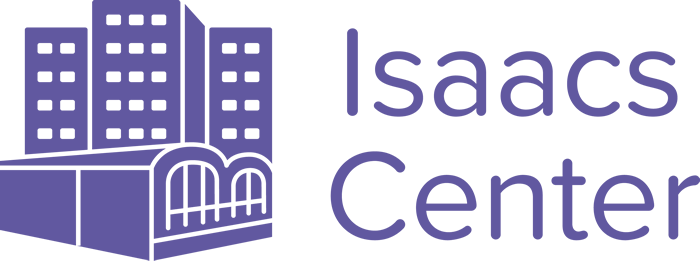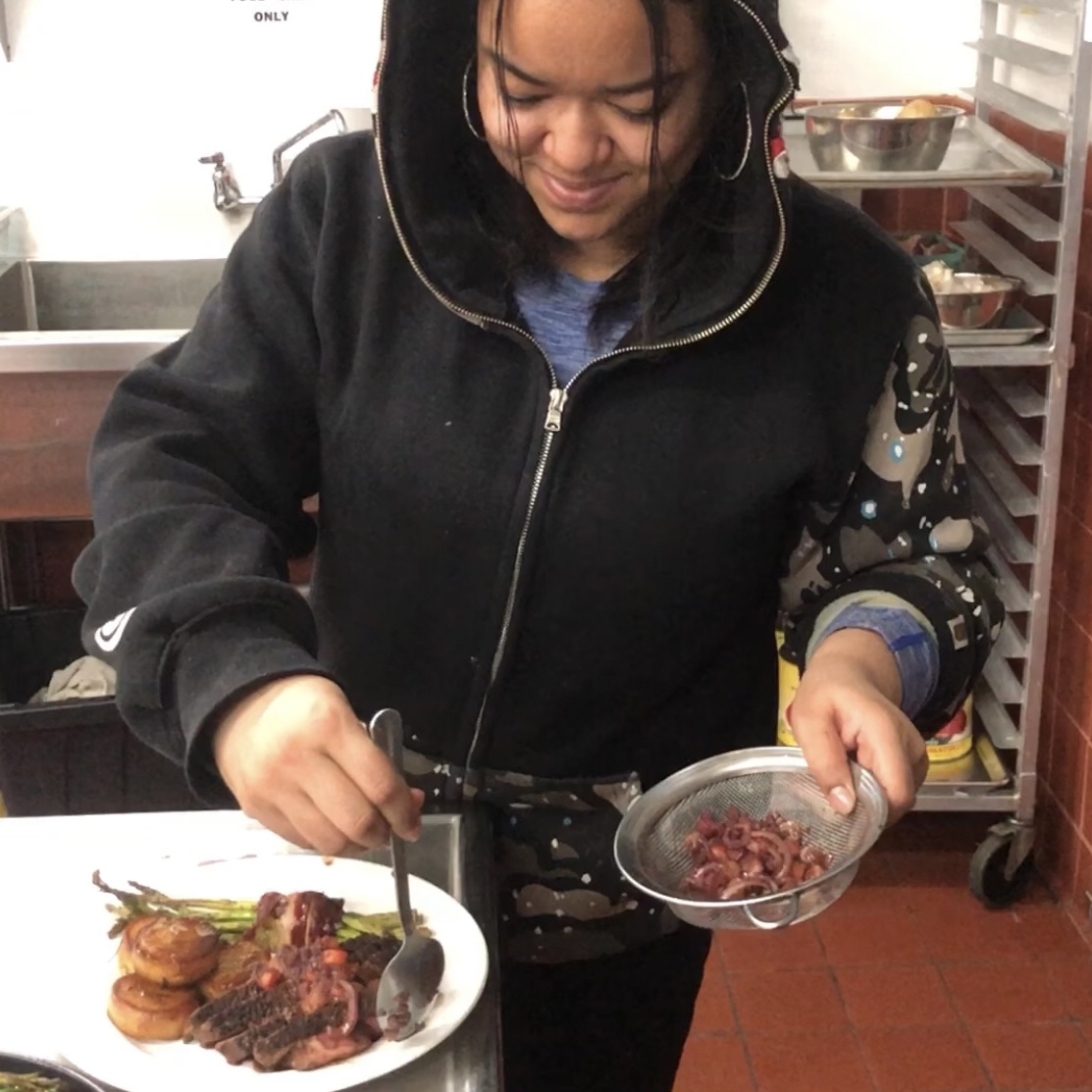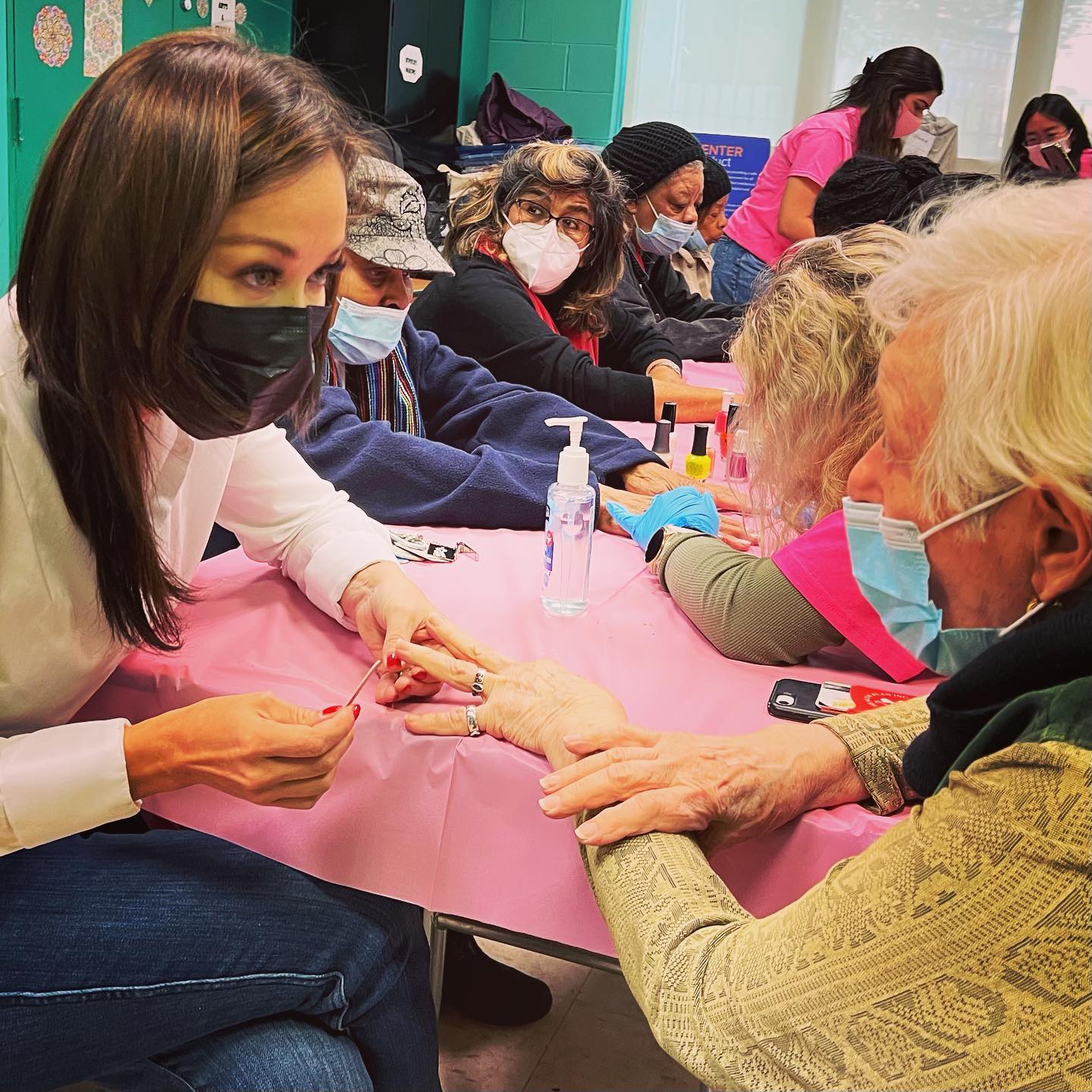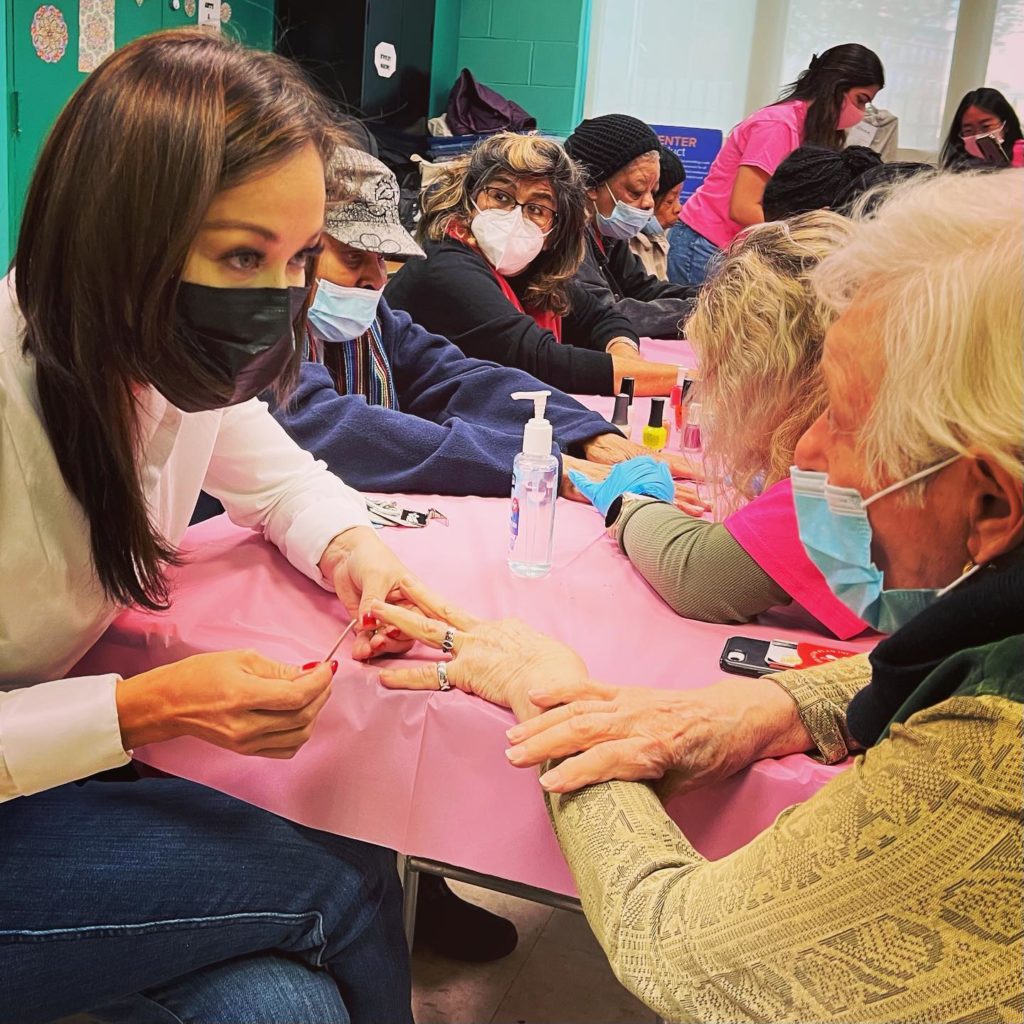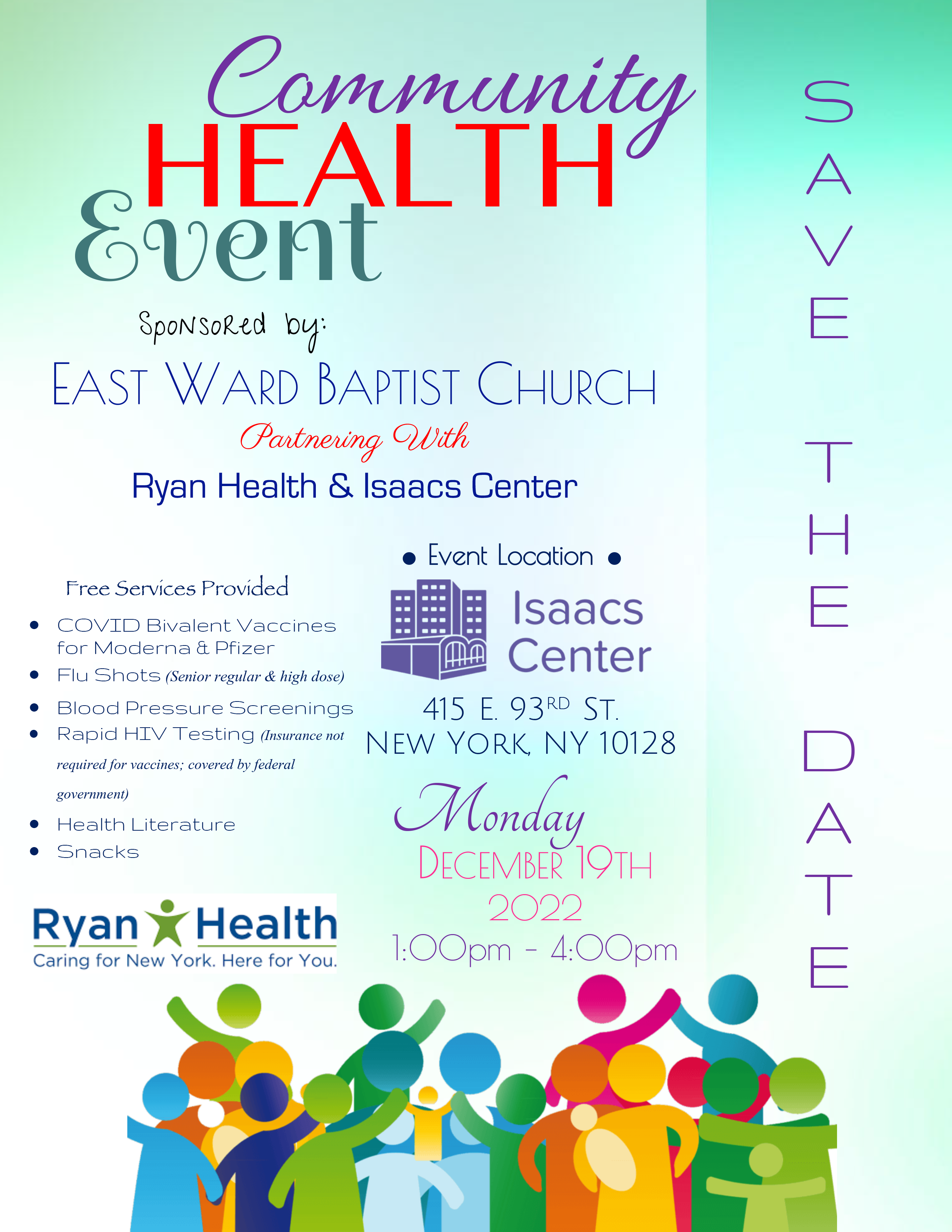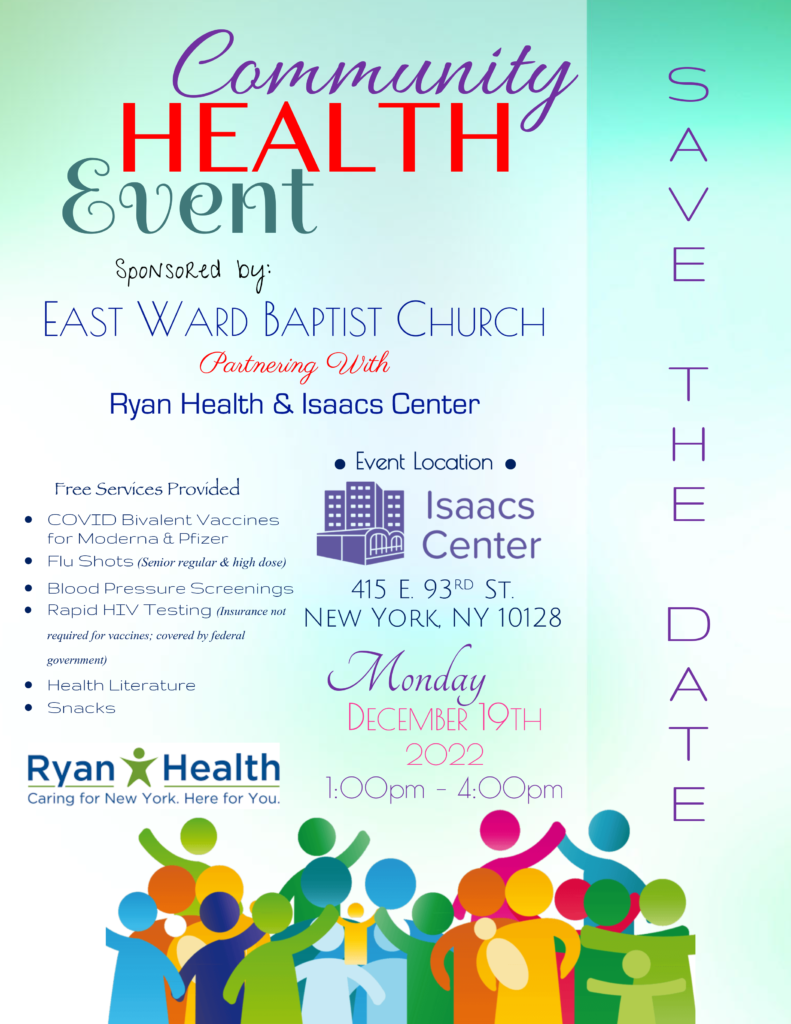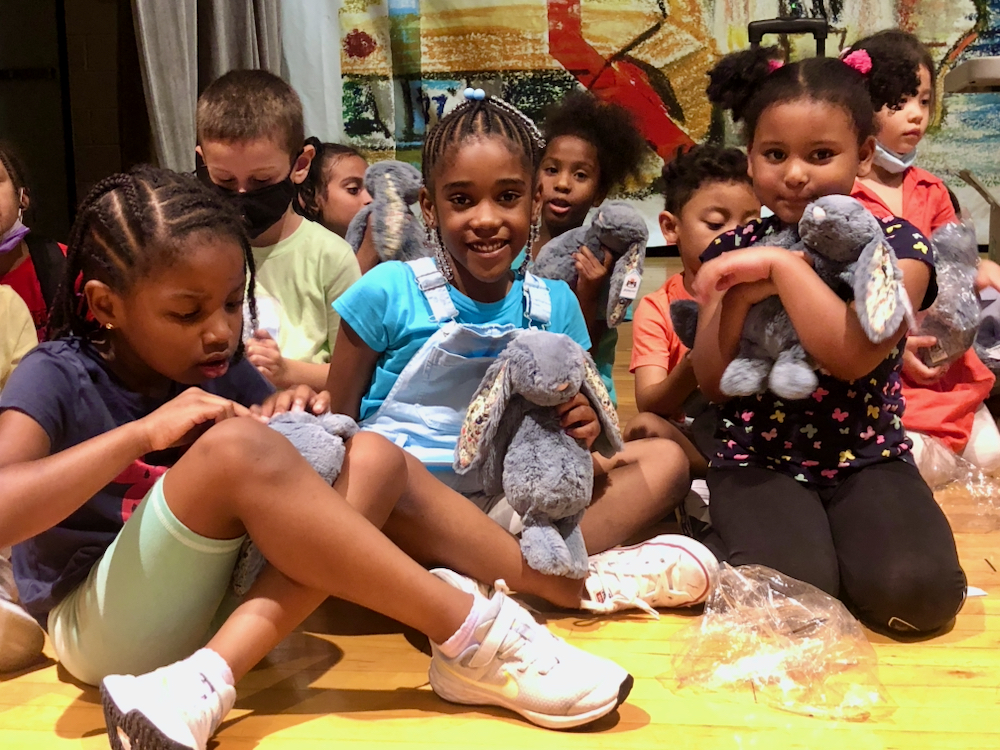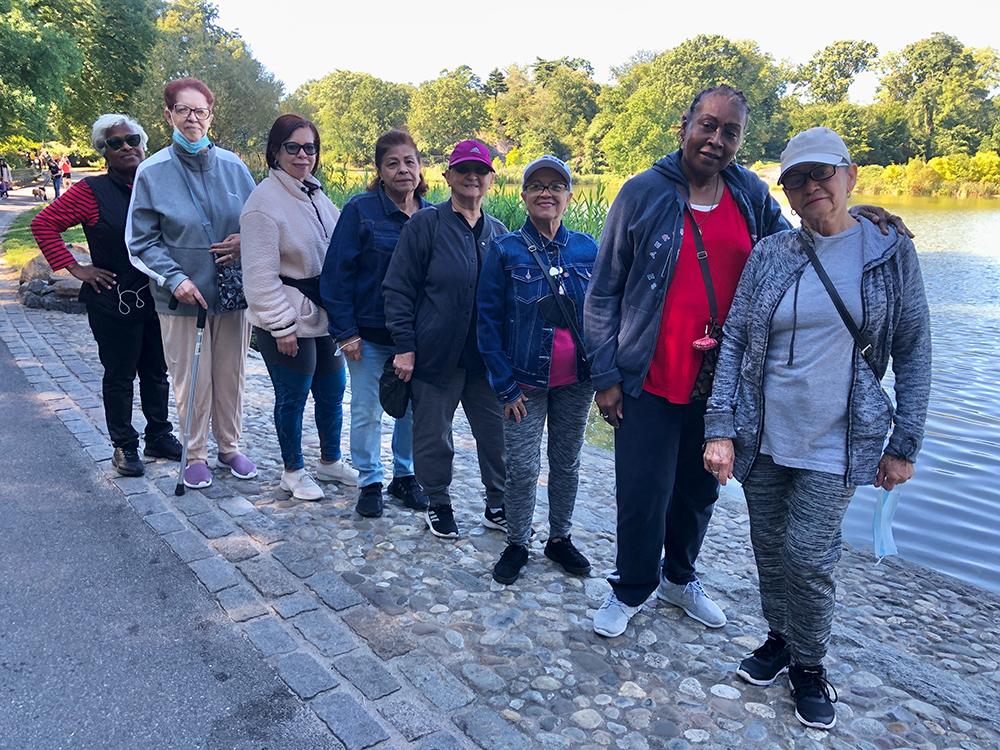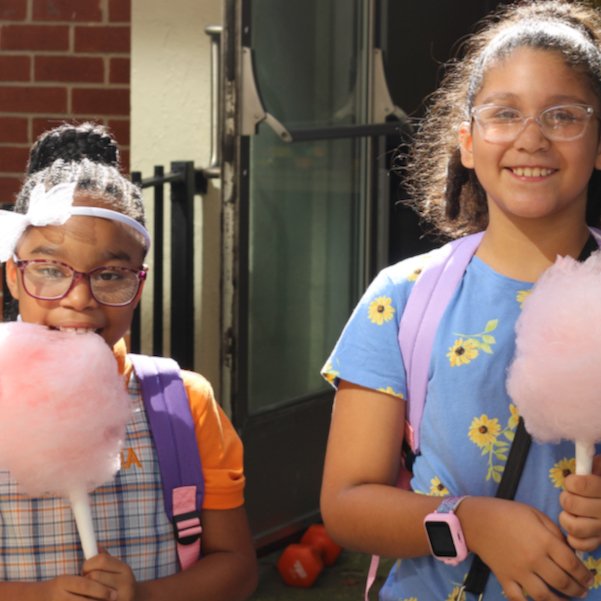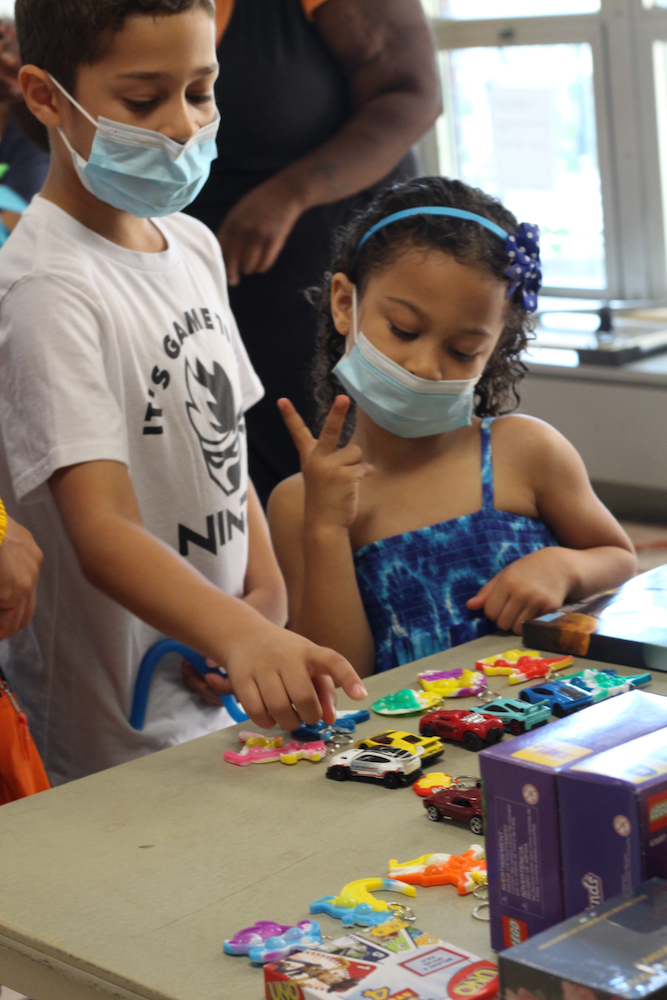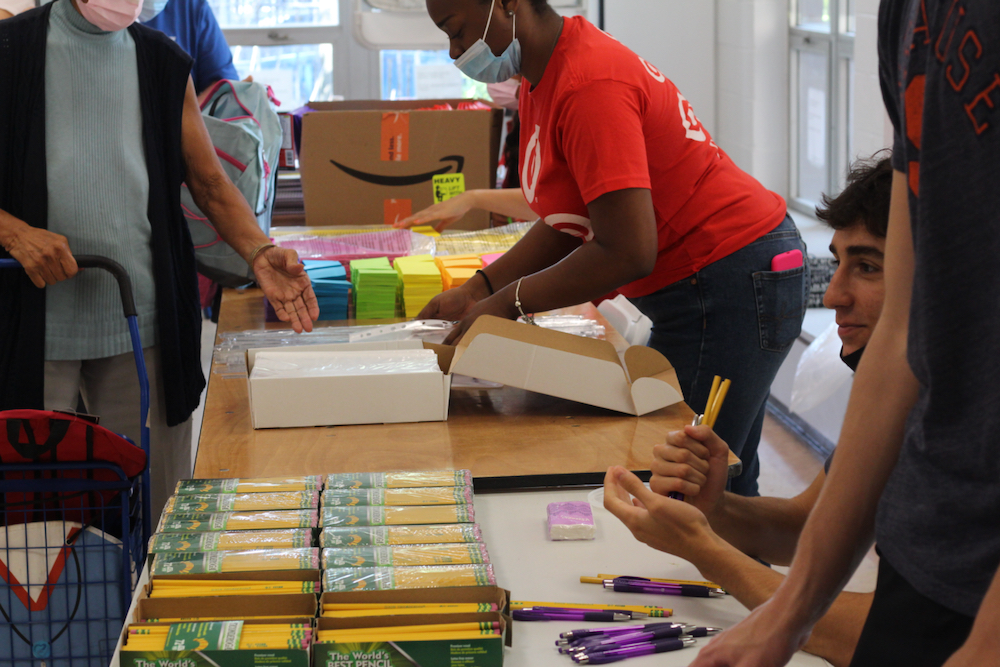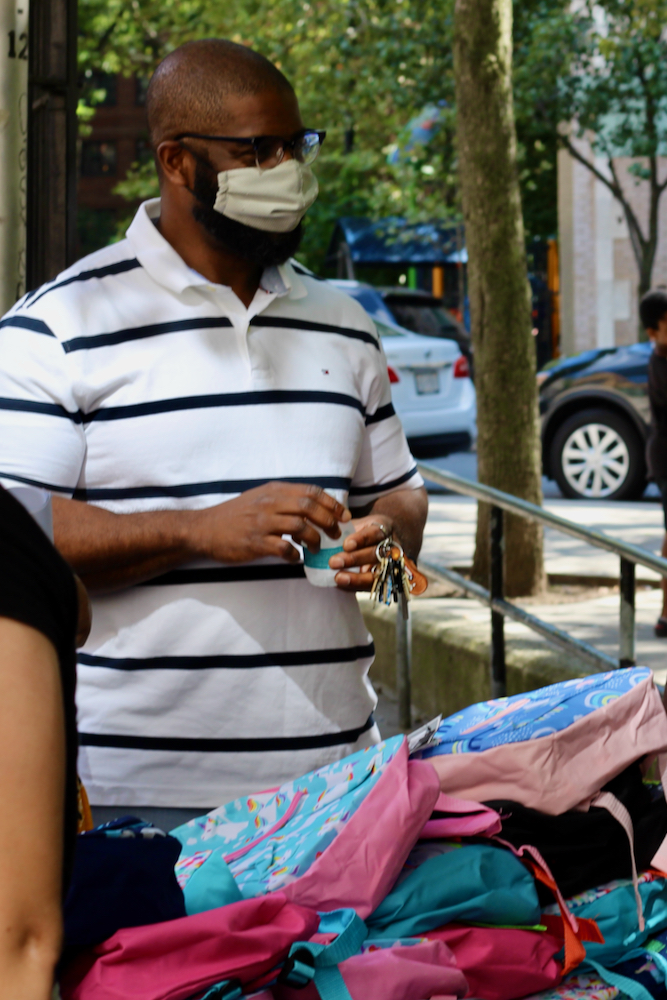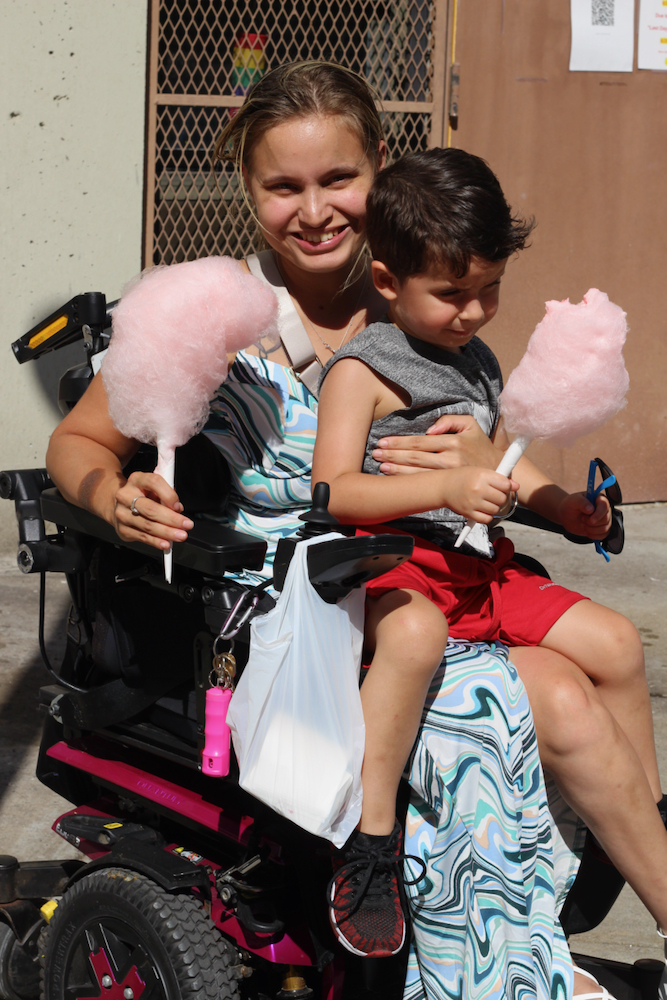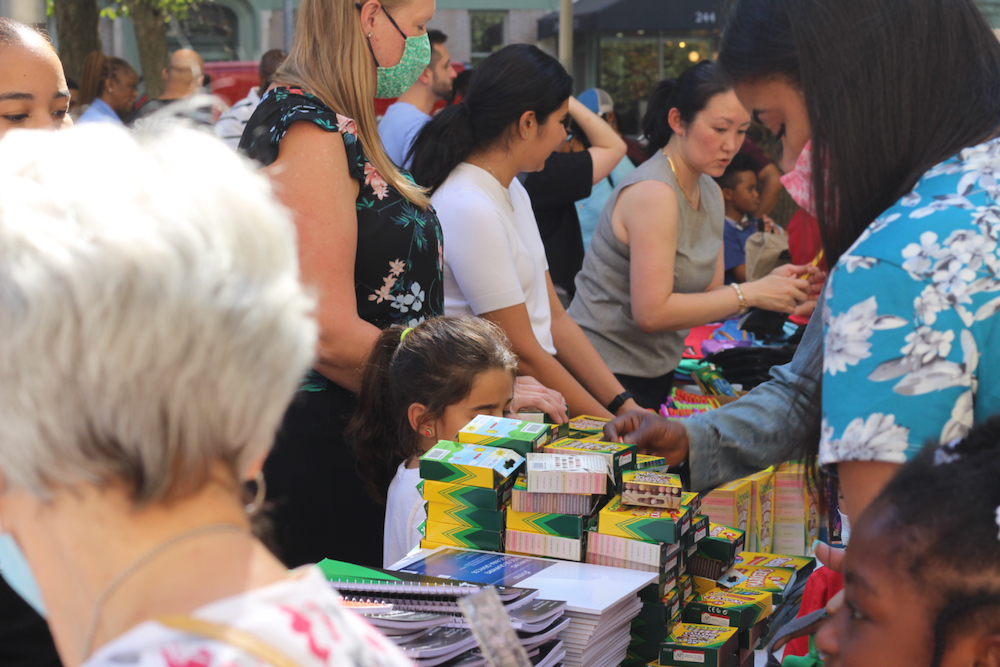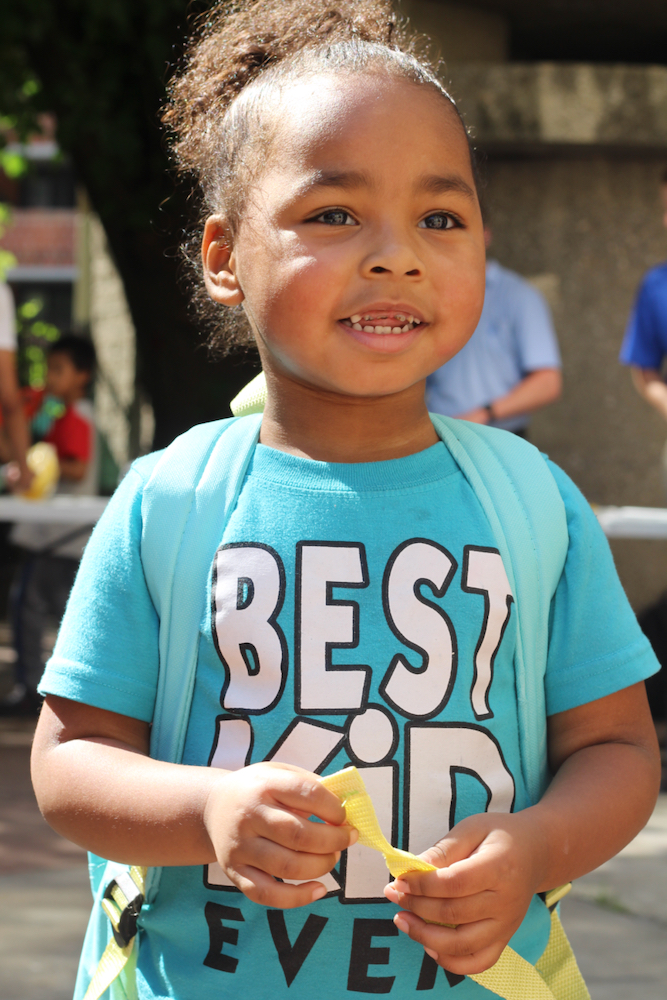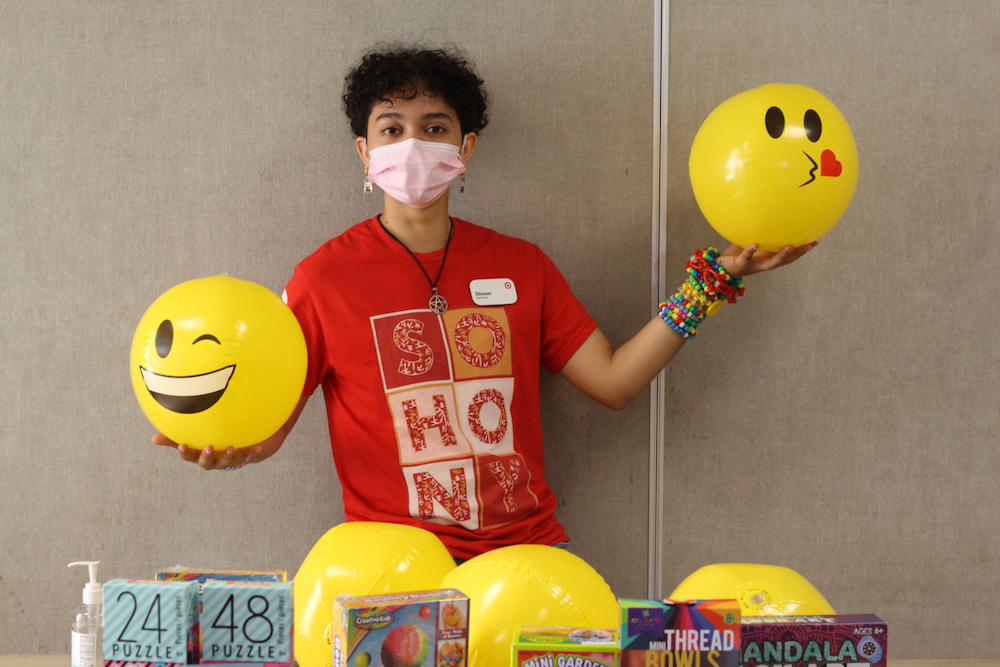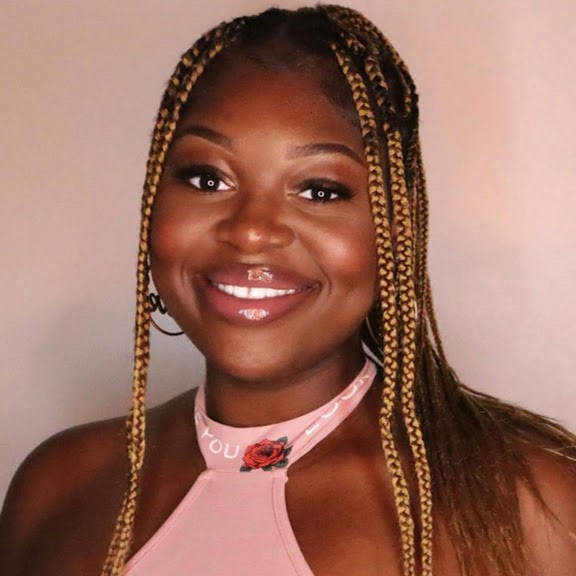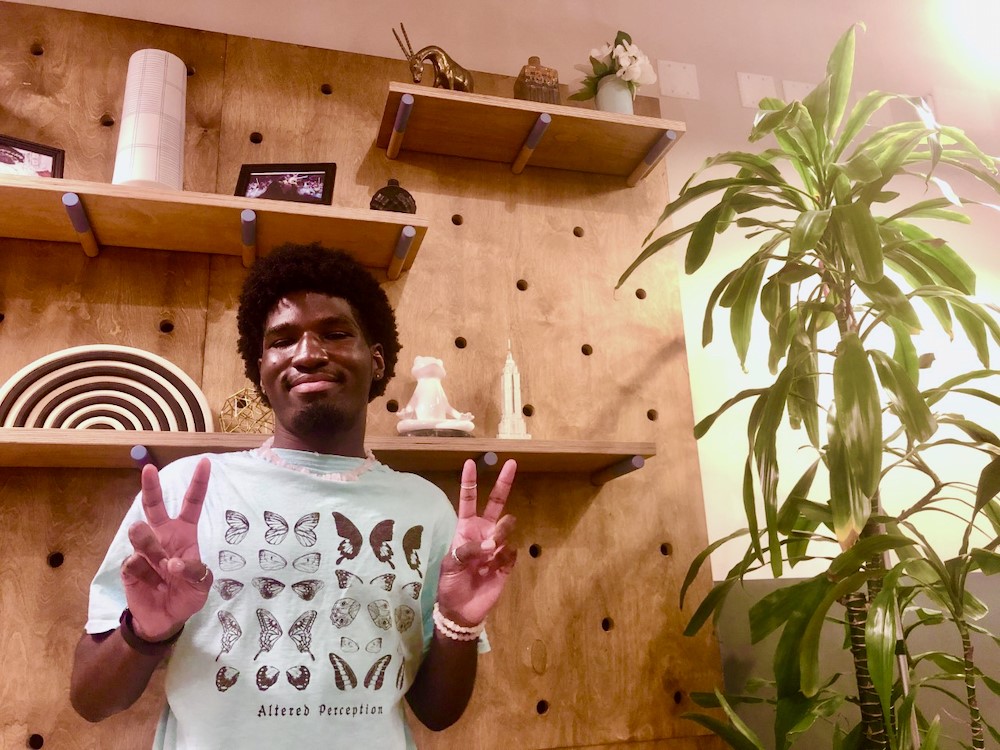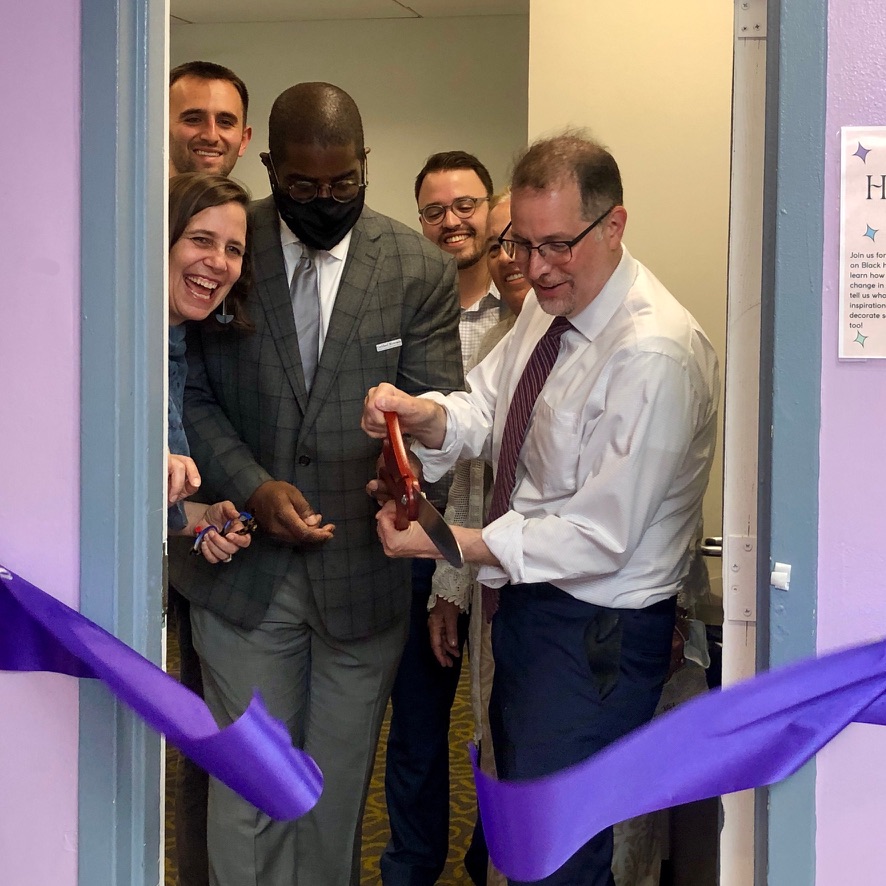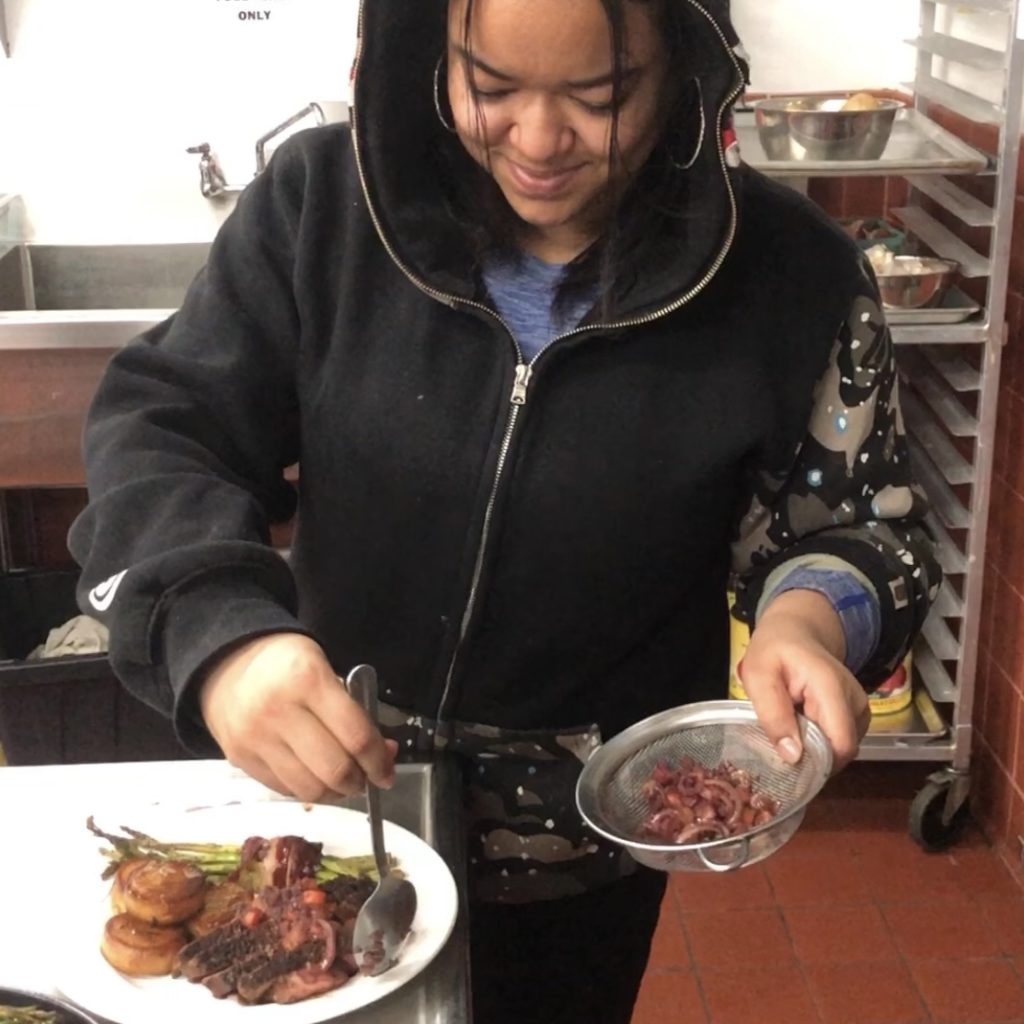
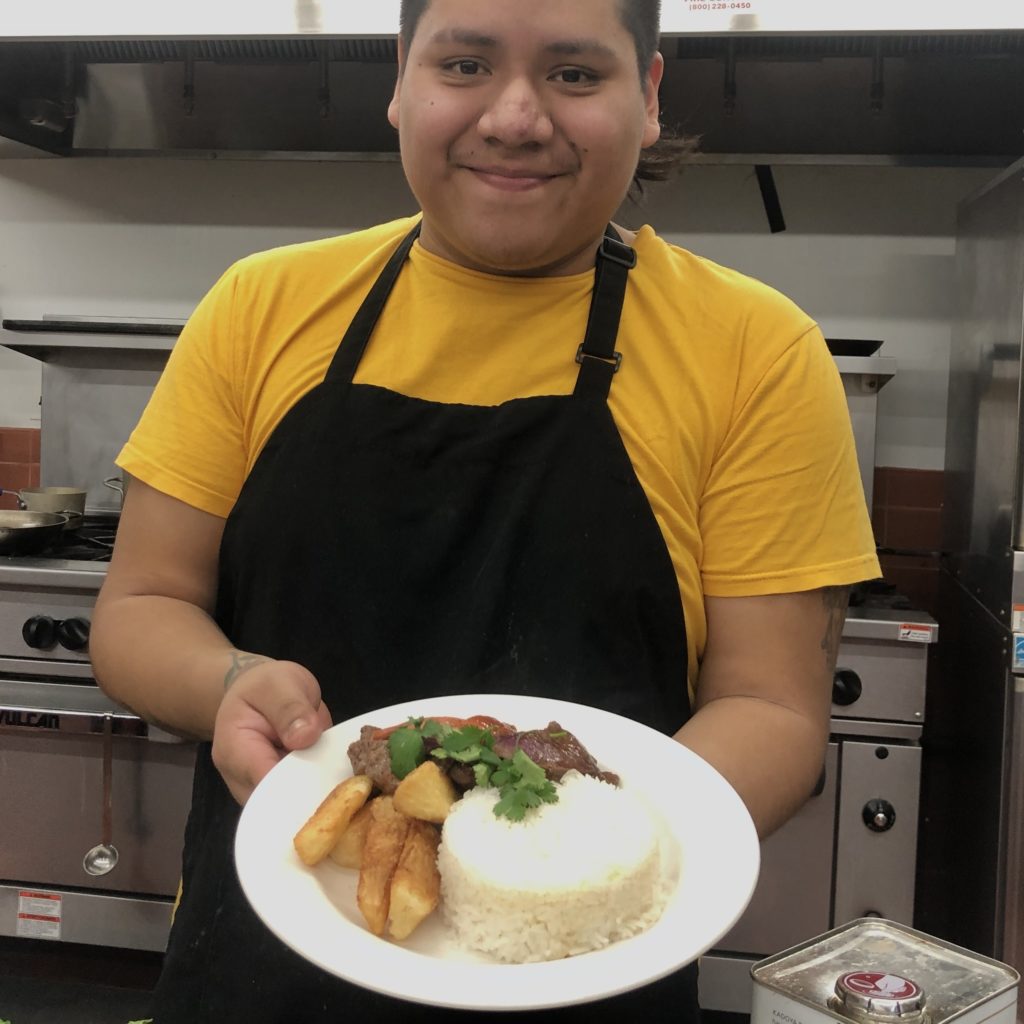
Interested in our Culinary Arts program? Check your eligibility and get information here.
Chanelly Mena knows how to cook a steak. Her father, who cooked at a popular chain restaurant, used to bring home t-bones to make for the family.
But the ones she’s cooking today are special, because they’re her final project as a student in our Culinary Arts program. Each student will present two identical plates of food for their classmates and instructors to taste.
“I wanted to do it in a restaurant way,” she says. “Most people sear it first but I wanted to lock in the flavor, so I put it in the oven with butter and herbs and then seared it.”
The meat has emerged from the pan looking robust and savory. It is perfectly medium-rare. Mena slices it and carefully spoons a red wine sauce over it. Alongside the meat, she arranges fondant potatoes and bacon-wrapped roasted asparagus.
Mena is calm, but around her the kitchen is buzzing. At the other end of the long steel chef’s table, a student’s assistant has combined the onions for a veggie stir-fry with the rest of the ingredients—but they need to be separated out and fried first. Another student is carefully rolling up a cream-filled Japanese Roll Cake—a high-stakes endeavor, since the thin slab of cake is prone to tearing or breaking. Program Director Angie Marin and Chef Instructor Kim Pistone flit from station to station offering suggestions and encouragement.
Tensions are running high, but there’s no running or shouting. Part of becoming a chef is learning to move in a disciplined way in high-pressure situations where dangers abound—from razor-sharp knives to pots of boiling stock. So far these students are passing with flying colors.
Mena is the first to finish. While she settles down to eat one plate of her food, the other plate is getting rapturous praise from students and instructors alike.
“The asparagus kept its color,” says Pistone, forking up a bite of meat. “The potatoes and the steak? Perfecto, my friend.”
The students meet here in a professional kitchen for seven weeks to learn everything from knife techniques to emulsification to food safety. Then they’re placed in paid internships and get support to find full-time, living wage jobs.
“Each year, we recruit, train, and place 50 students to launch culinary careers,” says Marin. “We’re very proud to see them succeed.”
Some of the students in this cohort have already been hired. But Mena’s more interested in starting a business. She’s added catering to her list of possible endeavors, along with hair, nails and makeup. Mena is reluctant to be tied down to one thing. But she’s excited about the skills she’s learned, and she does like the intensity of professional cooking: “When you’re in the kitchen you don’t think about anything else—just what you’re doing.”
